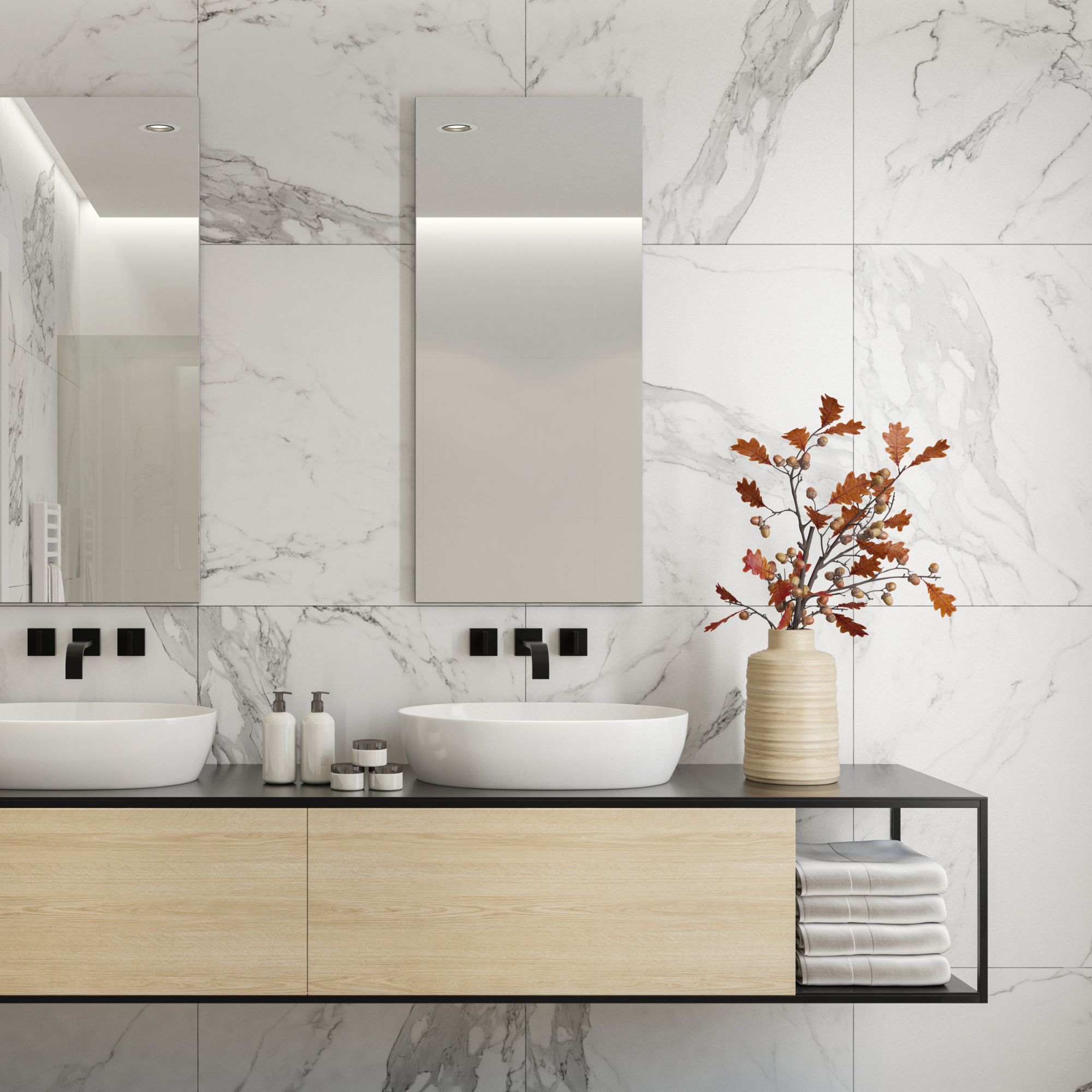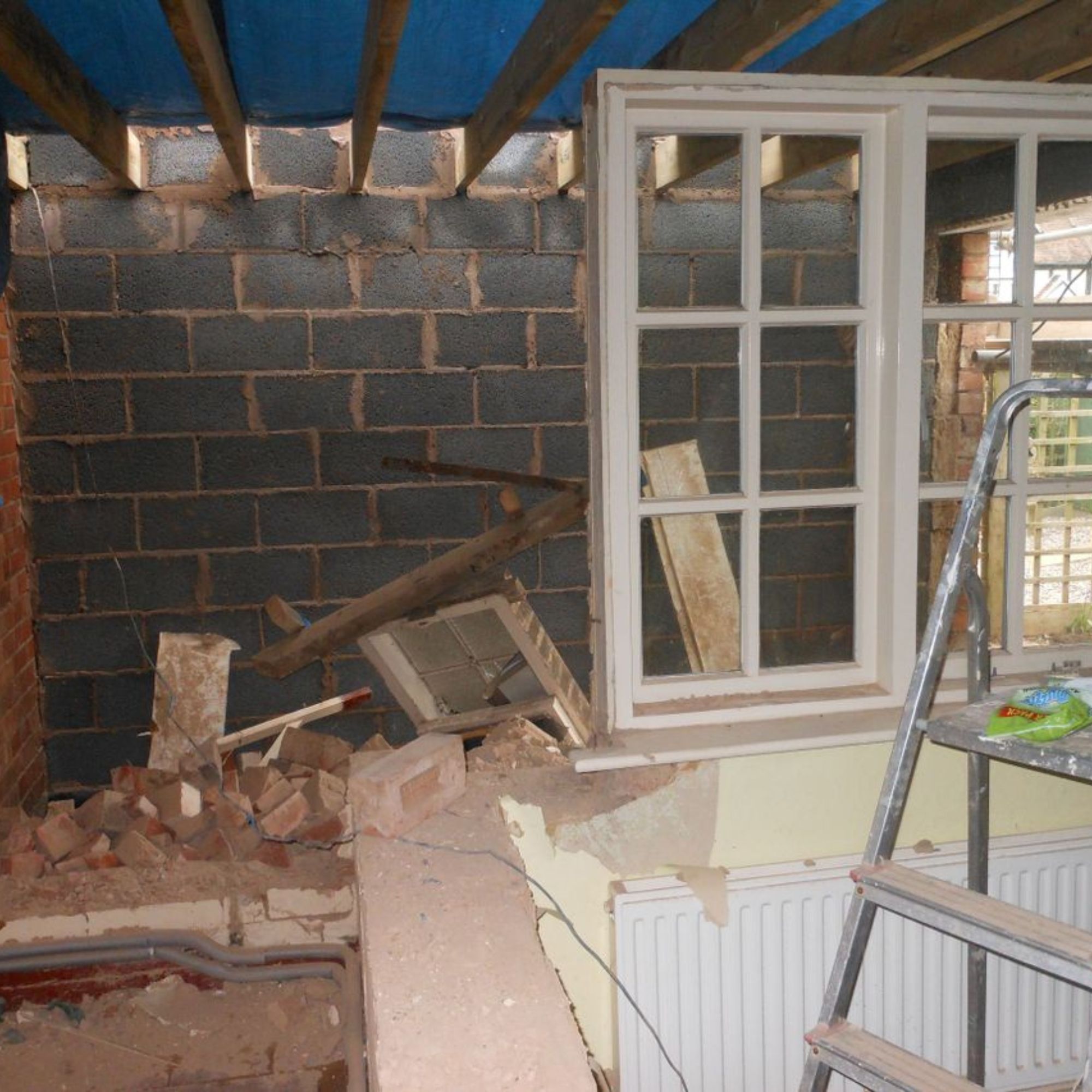I overspent when renovating because of these 5 decisions – this is what I wish I had done differently
The budget would have been better spent elsewhere


For many, renovating a house has earned a reputation for being a bit of a money pit. After all, with a lot of renovation work, you can often only discover the true extent of the work required once work has begun.
While this means a contingency fund is essential, especially if you are trying to renovate on a budget, it's also important to be savvy and ensure you are directing your funds to the right places
To help you determine where to spend and save, renovation expert Natasha Brinsmead, who has multiple renovation projects under her belt, shares where she regrets overspending in the past.

As well as being a homes journalist for more than 20 years, Natasha has renovated several old properties on a DIY basis.
1. We didn't consider the colour scheme effectively

Choosing the right colour scheme for your home is crucial, but this can be a real challenge when renovating.
'Despite buying more colour sample pots than any reasonable people should, and covering the walls with patches of them before proceeding to check on how they changed with the light throughout the course of the day, we still ended up changing the entire scheme at least three times which really added up cost-wise,' explains Natasha.
'It sounds silly now, but the main issue was that we didn’t give enough thought to how we wanted the room to end up looking in terms of flooring and furnishings, or how the color scheme would work as a whole.'
'We should have spent some time creating a mood board and included everything from the types of fabrics we wanted to the shades of carpet we were opting for. Even the hues we were painting the cabinetry to house game consoles had an effect. If we had done this we wouldn't have wasted so much time and money.'
Sign up to our newsletter for style inspiration, real homes, project and garden advice and shopping know-how
2. We got carried away with finishing touches
In many renovation projects, there can be a lot of work that isn't visible when the work is complete, like an upgraded heating system or improved insulation. However, that means it's all too tempting to direct your budget towards finishing touches, which may not be the right move.
Natasha explains: 'A good example is our light switches and electrical outlets. Rather than going for cost-effective white standard covers, we splashed out on high-end brushed chrome versions and while one or two might not have added up to much when you consider how many outlets you end up having in the average house, the outlay was pretty considerable.
'We should have just used these super smart covers for the principal rooms such as the living room and dining room, and stuck to cheaper, standard fittings for the less public-facing rooms, such as the utility room and bedrooms.'
3. I regret opting for real stone tiles

You choice of materials can heavily impact your budget, but it's worth looking around to see if you can achieve the same look for less, without compromising on quality.
'In our first renovation project, we went for large-format limestone tile in the bathroom - not just for the floors but all up the walls too,' says Natasha. 'They looked stunning, but they certainly didn’t help with keeping our new bathroom cost down. Add to that the fact that we had to call in the help of a professional to fit them as they were too heavy and hard to cut for us to feel confident we wouldn’t damage them by trying to fit them ourselves, and they gobbled up a large portion of our bathroom budget.
'This time round we opted for porcelain tiles instead — lighter, cheaper, and far easier to lay ourselves.'
4. We paid more for reclaimed roof tiles where no-one could see them
If your renovation plans include building an extension, then sourcing materials that match the existing property can help the new addition feel like it's always been there. But there are some instances where this can unnecessarily eat into your budget, as Natasha discovered.
'We were really keen that our double-storey extension would tie in perfectly with the existing house and spent ages scouring salvage yards for reclaimed bricks that would match the old ones. While this wasn’t the cheapest option, I am so glad we did as they really add so much to the external look of the finished house.
'But this is the part where we went wrong — we did the same when it came to the roof tiles for the double-storey section of our extension, opting for reclaimed clay to tie in with the originals. This is where we definitely overspent — right up there on the two-storey roof we really can’t see those tiles and concrete look-a-likes or machine-made clay probably would have done the job just fine for a fraction of the cost. For the one-storey kitchen extension, on the other hand, the real slates were a good investment as they are plain for all to see.'
5. We drastically underestimated how much waste there would be

'Don’t underestimate how much it will cost you to get rid of the huge amount of waste that is produced from a renovation project,' says Natasha. 'Whether you are ripping out bathrooms or an old kitchen, or simply stripping out one room, you are going to need a way of disposing of the resulting mess.'
Depending on the scale of your renovation, hiring a skip may be unavoidable, but it's worth taking the time to assess what size skip will be best. Too small, and you'll need it emptied multiple times which will add to the cost, too big and you'll be paying for capacity you won't be using.
If your renovation work is small scale, or a skip isn't feasible, then you could consider skip bags, like HIPPOBAGS, which you can fill and then arrange collection. The bag itself starts from £16, or you can buy a bag and collection from £205.
For more tips from Natasha, check out her breakdown of the things she's glad she didn't scrimp on during her renovation to help you plan your budget effectively.

Sarah Handley is Ideal Home’s Renovation Editor. She joined the team full time in September 2024, following three years of looking after the site's home finance content. As well as all things renovation, Sarah also looks after our Home Energy content, which covers all aspects of heating and insulation as well as tips on how homeowners can reduce their energy usage. She has been a journalist since 2007 and has worked for a range of titles including Homebuilding & Renovating, Real Homes, GoodtoKnow, The Money Edit and more.